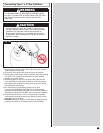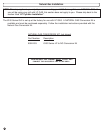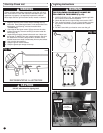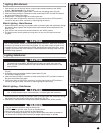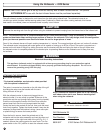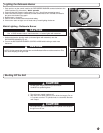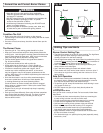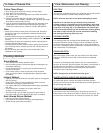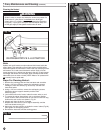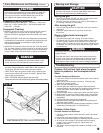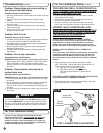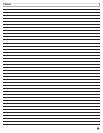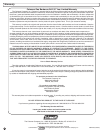Special offers from our partners!

Find Replacement BBQ Parts for 20,308 Models. Repair your BBQ today.
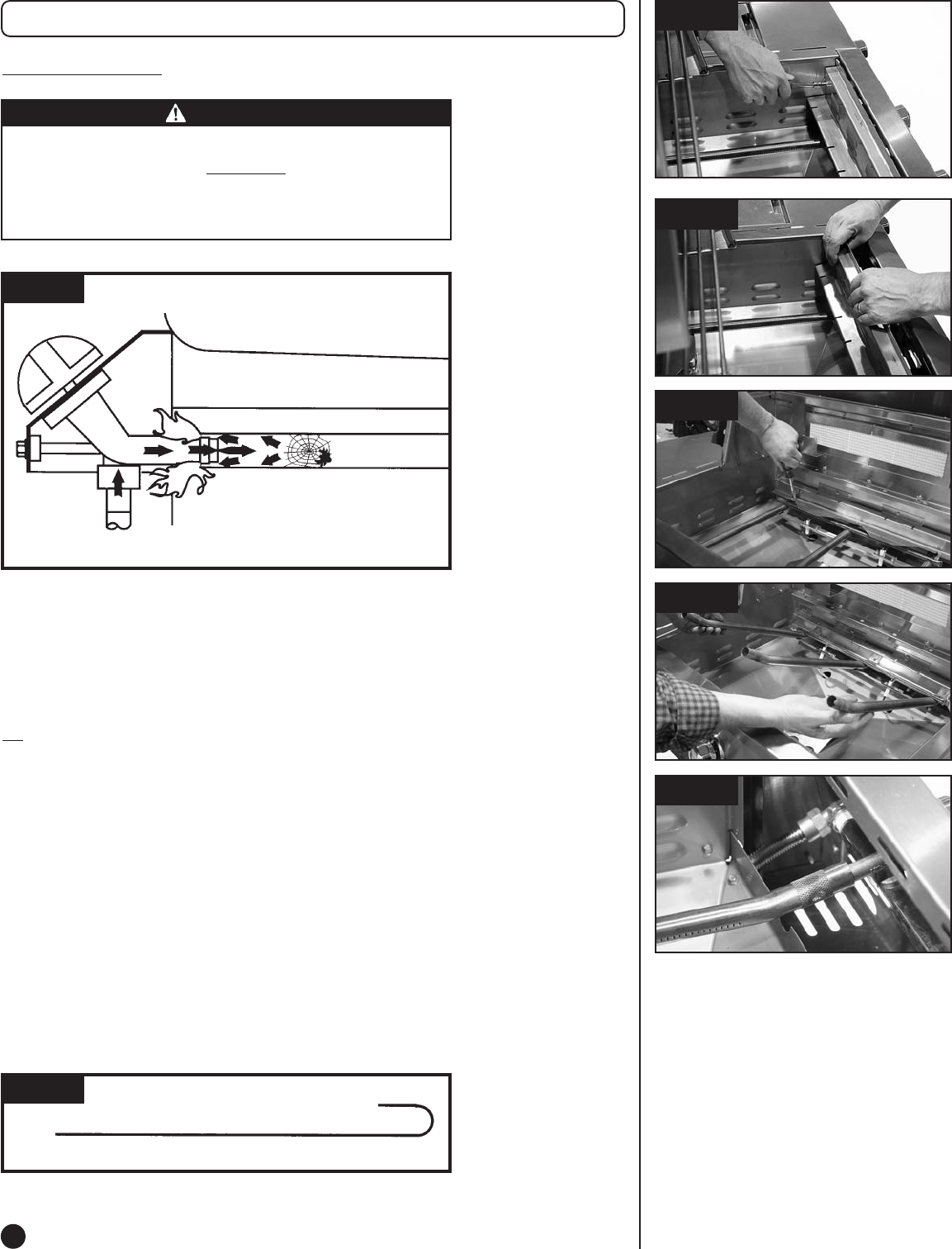
26
REPRESENTATIVE ILLUSTRATION
Steps For Cleaning Venturi:
1. Remove the cooking grates and the heat tents and set aside.
2. Using a 1/4” hex nut driver, remove the self-tapping screws
holding the front heat shield (Fig. 58 and 59). Set the front
heat shield aside.
3. Using a 1/4” hex nut driver, remove the self-tapping screws
holding the burner support assembly and the main
burner (Fig. 60).
4. Look inside lower end of venturi tubes for nests, webs or mud.
5. To remove the above obstructions, use an accessory flexible
venturi brush or bend a small hook on one end of a 20-inch long
flexible wire such as the one shown in Fig. 57.
6. Inspect and clean the burner if needed.
7. Replace the main burner, burner support assembly, and the
front heat shield into the grill.
8. Make sure the valve orifices are inside the venturi tubes (Fig. 62),
then tighten all self-tapping screws.
9. Reinstall the heat tents and the cooking grates.
WARNING
Spider’s nests or wasp’s mud inside the venturi may cause fire
at the valve. If a fire occurs, immediately
turn off the gas
supply at the L.P. cylinder valve (see representative illustration
in Fig. 56). If your grill is set up for use with Natural Gas, turn
off the gas supply at the system manual shut off valve.
Cleaning the Venturi
Note:
Spiders and small insects can spin webs and build nests inside the
venturi tubes. This especially occurs in late summer and fall before
frost when spiders are most active. These nests can obstruct gas flow
and cause a fire in and around the burner valves. Such a fire can
cause operator injury and serious damage to the grill. To help prevent
a blockage and ensure full heat output, clean and inspect the venturi
tubes often (once or twice a month). NOTE: Water or air pressure will
not
normally clear a spider web.
Fig. 58
Fig. 59
Fig. 60
Fig. 61
Fig. 62
Care, Maintenance and Cleaning (continued)
Fig. 57
Fig. 56



